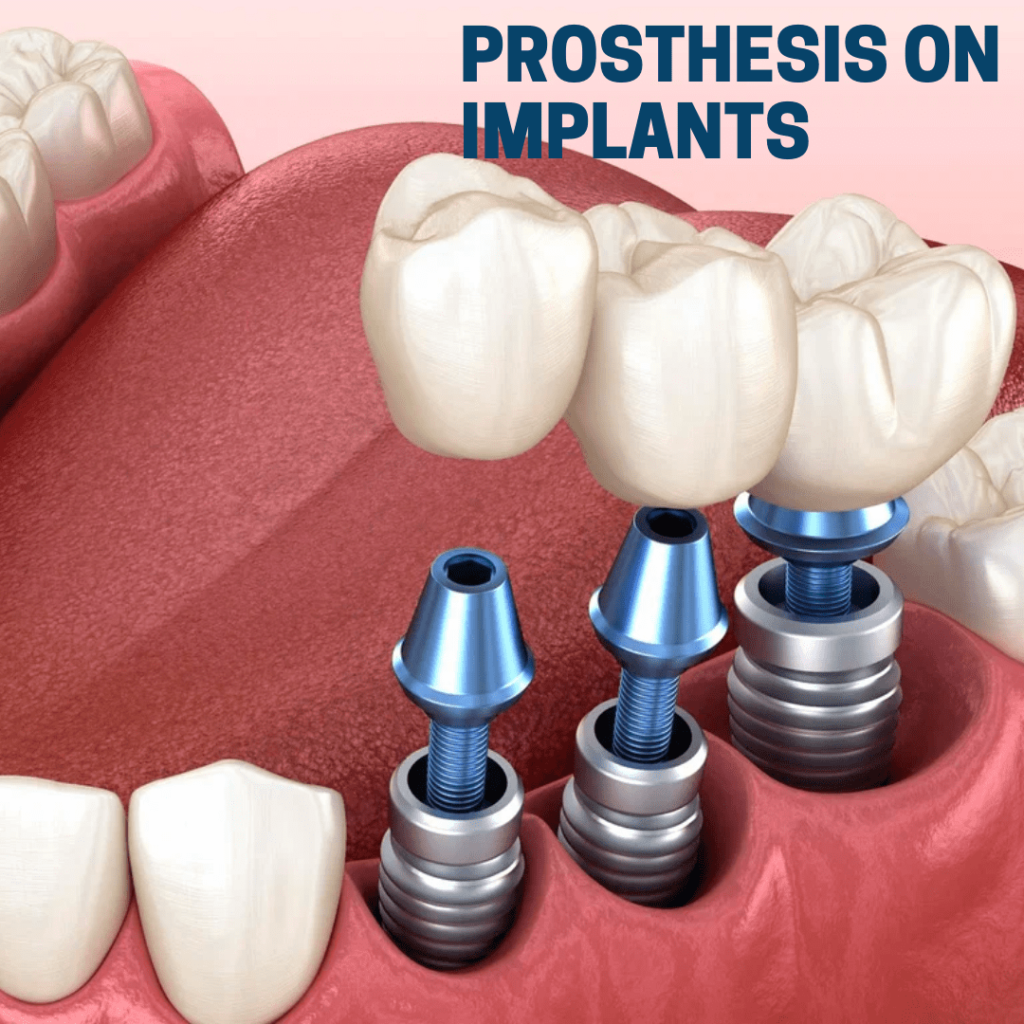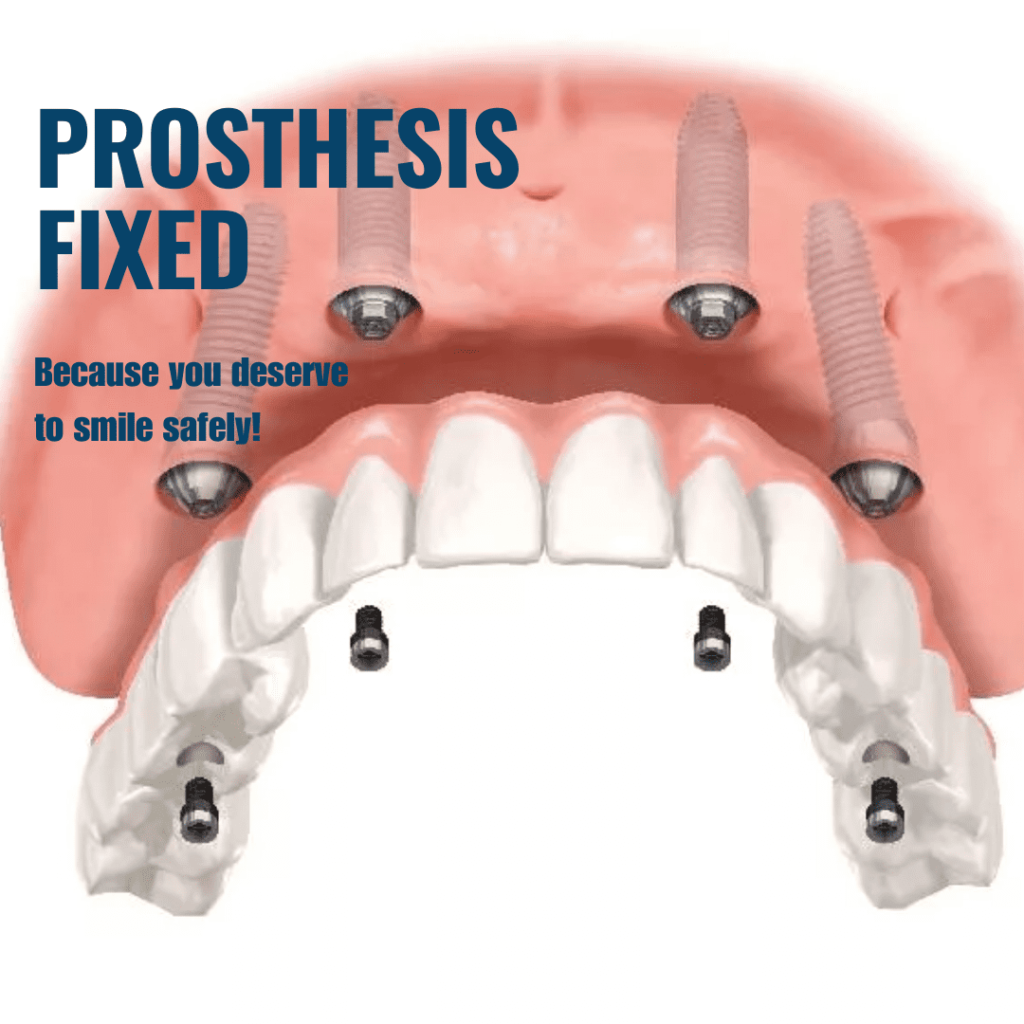Dental Implants
- Home
- Dental Implants
The Advantages of Dental Implants: Why Implants Trump Bridges for Fixed Tooth Replacement
Dental implants have revolutionized restorative dentistry, offering a reliable and long-lasting solution for missing teeth. Unlike traditional bridges, implants come with numerous benefits, making them the go-to choice for many. Let’s dive into why dental implants are the gold standard in modern dentistry.
Why Choose Implants Over Bridges?
1. Longevity and Durability: Implants are designed to last a lifetime, whereas bridges might need replacement every 10-15 years.
2. Natural Look and Feel: Implants mimic the appearance and function of natural teeth, providing a seamless fit.
3. Bone Health: Implants stimulate jawbone growth, preventing bone loss unlike bridges, which can sometimes lead to bone deterioration.
4. Easy Maintenance: Implants require the same care as natural teeth – brushing, flossing, and regular dental check-ups.
5. No Impact on Adjacent Teeth: Bridges rely on neighboring teeth for support, which can weaken them over time. Implants stand independently.
Ready to explore the benefits of dental implants for yourself?

1. Enhanced Aesthetics:
One of the significant advantages of dental implants is their ability to replicate the natural appearance of teeth. Implants are designed to blend seamlessly with the surrounding teeth, providing a harmonious and natural-looking smile. With a fixed tooth solution, dental implants eliminate the concerns of visible metal clasps or artificial-looking dental work, ensuring a confident and attractive smile.
2. Improved Longevity:
Dental implants are renowned for their exceptional durability and longevity. Unlike bridges, which may require replacement every 10-15 years, dental implants can last a lifetime with proper care and maintenance. This longevity makes implants a cost-effective option over the long term, as they eliminate the need for frequent replacements and associated expenses.
3. Preservation of Adjacent Teeth:
While bridges require the support of adjacent healthy teeth, dental implants do not rely on neighboring teeth for stability. The placement of dental implants does not involve altering or compromising the health of the surrounding teeth, preserving their natural structure. This advantage of dental implants helps maintain the overall oral health and integrity of the remaining teeth.
4. Enhanced Comfort and Functionality:
Dental implants offer excellent comfort and functionality compared to bridges. Implants are anchored directly into the jawbone, providing a stable and secure foundation for artificial teeth. This stability allows individuals to enjoy a wide range of foods without the worry of slippage or discomfort that may occur with bridges. Furthermore, dental implants feel and function like natural teeth, providing a significant improvement in overall oral function and speech clarity.
5. Bone Health and Facial Structure Preservation:
Implants play a crucial role in preventing bone loss and preserving the facial structure. When a tooth is lost, the underlying jawbone may begin to deteriorate over time due to lack of stimulation. Dental implants stimulate the jawbone, similar to natural tooth roots, preventing bone loss and preserving the facial structure. This advantage not only maintains oral health but also contributes to a more youthful and aesthetically pleasing appearance. https://apexdental.com.mt/cosmetic-dentistry/
A dental implant consists of three main components:

1. Implant Fixture:
This is a small, screw-shaped titanium post that is surgically placed into the jawbone. It serves as the root of the artificial tooth. Titanium is used because it is biocompatible, meaning it can fuse with the surrounding bone through a process called osseointegration.
2. Abutment:
The abutment is a connector piece that is attached to the implant fixture. It protrudes above the gumline and serves as a support for the replacement tooth or crown.
3. Crown or Prosthesis:
The crown is the visible part of the dental implant that resembles a natural tooth. It is custom-made to match the shape, size, and color of the surrounding teeth, ensuring a natural appearance.
The process of getting dental implants typically involves multiple steps and may require several months to complete. It begins with a thorough evaluation by a dental professional to determine if you are a suitable candidate for implants. This evaluation includes a dental examination, X-rays, and possibly a CT scan to assess the condition of your jawbone.
If your jawbone is healthy and has sufficient bone density, the implant surgery can proceed. During the surgical procedure, the implant fixture is placed into the jawbone, and then a healing period of several months is allowed for osseointegration to occur. This allows the implant to fuse with the bone and provide a stable foundation for the replacement tooth.
After the healing period, an abutment is attached to the implant fixture, which allows the crown or prosthesis to be securely placed on top. The crown is custom-made in a dental laboratory to match your natural teeth in terms of size, shape, and color. Once the crown is fabricated, it is attached to the abutment, completing the dental implant restoration.
Dental implants offer several advantages over other tooth replacement options, such as dentures or bridges. They provide improved stability and functionality, allowing you to eat, speak, and smile with confidence. Dental implants also help preserve the jawbone by stimulating bone growth, preventing bone loss that can occur when teeth are missing. With proper care and maintenance, dental implants can last for many years, providing a long-term solution for tooth loss.
What is the All on 4 implant system
The All-on-4 implant system is a revolutionary dental implant technique that has gained popularity for its ability to provide a fixed set of teeth with fewer implants and reduced treatment time compared to traditional methods. Let’s delve deeper into the details of this innovative approach.
The concept behind the All-on-4 system is to support a complete arch of replacement teeth using only four dental implants. This is a significant departure from conventional implant-supported dentures, which often require a larger number of implants and more extensive procedures.
One of the key advantages of the All-on-4 technique is the strategic placement of the implants. In this method, the two posterior implants are inserted at an angle, typically between 30 to 45 degrees. This angulation allows for better utilization of available bone, even in cases where the bone volume or density is limited. As a result, many patients can avoid additional procedures like bone grafting or sinus lifts, which can be time-consuming and require a longer healing period.

Another notable benefit of the All-on-4 system is the potential for immediate function. In many cases, the implants can be loaded with a temporary prosthesis on the same day as the surgery. This means that patients can walk out of the dental office with a functional set of teeth right after the procedure. The temporary prosthesis is later replaced with a final, custom-made prosthesis once the implants have fully integrated with the jawbone.
The reduced number of implants and simplified treatment protocol associated with the All-on-4 technique also lead to shorter overall treatment times. Compared to conventional implant-supported restorations, the All-on-4 approach can significantly reduce the time required from the initial consultation to the final placement of the permanent prosthesis. This is particularly beneficial for individuals seeking a prompt and efficient solution for their dental needs.
Moreover, the All-on-4 implant system offers patients an improved quality of life. The fixed prosthesis supported by the dental implants functions and feels like natural teeth, providing stability and strength for biting and chewing. Unlike removable dentures, All-on-4 restorations eliminate concerns about slippage, clicking, or the need for messy adhesives. Patients can enjoy a broader range of food options without restrictions, which can greatly enhance their overall dietary choices and nutrition.
It is important to note that while the All-on-4 implant system offers numerous advantages, not everyone is an ideal candidate for this treatment. Factors such as the amount and quality of existing bone, overall oral health, and individual patient preferences need to be evaluated.
https://apexdental.com.mt/dental-implants-guide-benefits/: Dental Implants